Home>Renovation & DIY>Home Renovation Guides>How To Estimate Remodelling Job


Home Renovation Guides
How To Estimate Remodelling Job
Published: December 21, 2023
Learn how to estimate the cost of a home renovation project with our comprehensive home renovation guides. Plan your remodeling job with confidence.
(Many of the links in this article redirect to a specific reviewed product. Your purchase of these products through affiliate links helps to generate commission for Storables.com, at no extra cost. Learn more)
Introduction
Embarking on a home renovation project is an exciting endeavor that promises to breathe new life into your living space. Whether you're envisioning a sleek kitchen overhaul, a luxurious bathroom transformation, or a comprehensive home revamp, the journey to realizing your dream home begins with a well-considered plan. One of the fundamental aspects of this plan is estimating the cost of the remodeling job. While the prospect of creating a budget may seem daunting, breaking it down into manageable steps can alleviate the stress and uncertainty typically associated with such a significant undertaking.
In this comprehensive guide, we will delve into the intricacies of estimating a remodeling job, offering invaluable insights and practical tips to streamline the process. From understanding the scope of the project to factoring in additional expenses and considering unexpected costs, we will navigate through each crucial element, empowering you to approach your remodeling endeavor with confidence and clarity.
With a keen eye for detail and a strategic approach, you can effectively gauge the financial investment required for your renovation aspirations. By the end of this guide, you will be equipped with the knowledge and tools to craft a well-informed estimate, setting the stage for a successful and gratifying remodeling experience. So, let's embark on this enlightening journey, unraveling the art of estimating a remodeling job and paving the way for your vision to materialize into a stunning reality.
Key Takeaways:
- Plan your remodeling budget by understanding the scope, calculating materials and labor costs, and factoring in additional and unexpected expenses for a successful and stress-free renovation journey.
- Engage professionals, use digital tools, and maintain flexibility to refine your estimate, ensuring a comprehensive and realistic financial projection for your remodeling project.
Read more: How To Estimate A Fence Job
Understanding the Scope of the Project
Before diving into the estimation process, it is imperative to gain a comprehensive understanding of the scope of your remodeling project. This involves envisioning the desired outcome, identifying the specific areas of the home to be renovated, and outlining the extent of the changes to be implemented. Whether it entails a minor cosmetic upgrade or a structural overhaul, defining the scope sets the foundation for an accurate cost estimate.
Begin by conducting a thorough assessment of the areas earmarked for renovation. Consider the architectural intricacies, existing fixtures, and the desired modifications. Are you aiming for a complete transformation, or are you focusing on targeted enhancements? By articulating the scope with precision, you can effectively align the estimate with the project’s intricacies.
Furthermore, take into account the materials and design elements you intend to incorporate. Are you opting for high-end finishes and custom fittings, or are you inclined towards more budget-friendly alternatives? Understanding the desired aesthetic and functional aspects of the renovation enables you to tailor the estimate to reflect your preferences.
Equally important is to assess any structural or mechanical considerations that may impact the scope. If your project involves structural modifications, plumbing or electrical work, or HVAC upgrades, it is vital to account for these aspects during the estimation process. Engaging with professionals such as architects, engineers, or contractors can provide valuable insights into the technical requirements, ensuring that the estimate encompasses all essential elements.
By comprehensively grasping the scope of the project, you lay the groundwork for an accurate and realistic cost estimate. This foundational understanding serves as a compass, guiding you through the subsequent stages of the estimation process with clarity and purpose.
Calculating Materials and Labor Costs
Accurately estimating the materials and labor costs is a pivotal aspect of crafting a comprehensive remodeling job estimate. This involves a meticulous assessment of the required materials, understanding prevailing market prices, and factoring in the labor expenses associated with the project.
Commence the process by compiling a detailed list of all materials essential for the renovation. This encompasses everything from building materials, such as lumber, drywall, and flooring, to fixtures, fittings, and finishing elements. Researching the current prices of these materials from reputable suppliers and hardware stores enables you to establish a realistic budget for the required components.
When calculating labor costs, it is beneficial to engage with experienced contractors or tradespeople to obtain accurate quotes. Labor expenses can vary based on the complexity of the project, the expertise required, and the prevailing wage rates in your locality. By obtaining multiple quotes and scrutinizing the breakdown of labor costs, you can gain a comprehensive understanding of the financial outlay associated with the workforce.
Moreover, it is prudent to account for the potential impact of unforeseen circumstances or project complexities on the materials and labor costs. Building a contingency buffer into the estimate to accommodate unexpected expenses or scope adjustments can safeguard against budget overruns and ensure a more realistic financial projection.
Utilizing digital tools and remodeling cost calculators can streamline the process of quantifying materials and labor expenses. These resources offer a structured framework for inputting project specifics, enabling you to generate a more accurate estimate based on the prevailing market rates and labor dynamics.
By meticulously calculating the materials and labor costs, you can lay a solid foundation for an informed remodeling job estimate. This diligent approach not only fosters transparency and accountability but also empowers you to make well-informed decisions as you progress through the renovation journey.
When estimating a remodeling job, make sure to carefully measure the space and take note of any special features or materials needed. It’s also important to account for potential unexpected costs and to get multiple quotes from contractors.
Factoring in Additional Expenses
While estimating the cost of a remodeling job, it is imperative to account for additional expenses that may arise during the course of the project. These supplementary costs, though not directly tied to materials or labor, play a crucial role in ensuring a comprehensive and realistic budget.
One significant aspect to consider is permit fees and regulatory requirements. Depending on the nature and scope of the renovation, securing permits from local authorities may be mandatory. Researching the applicable permits and factoring in the associated fees within the estimate prevents unforeseen financial implications and fosters compliance with legal obligations.
Furthermore, if the remodeling project entails the engagement of design professionals, architects, or structural engineers, it is essential to incorporate their fees into the estimate. These experts contribute valuable insights and expertise, playing a pivotal role in the successful execution of the renovation. By accounting for their fees in the budget, you ensure a holistic representation of the project’s financial requisites.
Another vital consideration is the cost of temporary accommodations or alternative living arrangements, particularly if the renovation impacts the habitability of the home. Budgeting for temporary lodging or accommodation expenses safeguards against financial strain and facilitates seamless logistical planning during the renovation period.
In addition, it is prudent to anticipate the expenses related to waste disposal, cleanup, and site maintenance. Renovation projects generate a substantial amount of debris and waste materials, necessitating proper disposal and site upkeep. Allocating funds for waste removal services and site maintenance within the estimate promotes a more accurate reflection of the project’s financial implications.
By conscientiously factoring in these additional expenses, you fortify the remodeling job estimate with a comprehensive financial outlook, encompassing various ancillary costs that contribute to the overall project landscape. This proactive approach fosters financial preparedness and equips you to navigate the renovation journey with confidence and clarity.
Considering Unexpected Costs
Amidst the intricacies of estimating a remodeling job, it is crucial to acknowledge and prepare for unexpected costs that may surface during the course of the project. Unforeseen circumstances, unanticipated structural issues, or emergent requirements can potentially impact the budget, underscoring the significance of incorporating a contingency plan within the estimate.
One aspect to consider is the possibility of uncovering hidden structural deficiencies or unforeseen complications during the renovation. This could encompass issues such as water damage, mold remediation, or electrical wiring discrepancies, necessitating additional remedial work and financial outlay. By allocating a contingency reserve to address such potential discoveries, you mitigate the risk of budget overruns and proactively accommodate unforeseen structural intricacies.
Moreover, fluctuations in material prices, particularly in volatile market conditions, can exert an unforeseen impact on the budget. By acknowledging the potential for price variations and integrating a buffer to offset material cost escalations, you fortify the estimate against external economic influences, ensuring a more resilient financial projection.
Additionally, delays in project timelines, whether attributable to inclement weather, logistical challenges, or unforeseen logistical constraints, can engender supplementary costs. By factoring in potential timeline disruptions and their associated financial implications, you proactively address the prospect of extended project durations and their impact on labor and ancillary expenses.
Engaging in open communication with contractors, tradespeople, and renovation professionals can provide valuable insights into potential areas of financial flexibility and risk mitigation. By leveraging their expertise and experience, you can gain a more nuanced understanding of the potential curveballs that may manifest during the renovation journey, enabling you to refine the estimate with greater prudence and foresight.
By acknowledging and preparing for unexpected costs, you infuse the remodeling job estimate with resilience and adaptability, fostering a more comprehensive and realistic financial framework that accommodates the dynamic nature of renovation projects.
Finalizing the Estimate
As you approach the culmination of the estimation process for your remodeling project, it is essential to consolidate the gathered insights and meticulously refine the estimate to reflect a comprehensive and realistic financial projection.
Commence by reviewing and cross-referencing the various components of the estimate, ensuring that all pertinent expenses, from materials and labor to additional and unexpected costs, have been thoughtfully incorporated. This comprehensive overview serves as a validation of the estimate’s completeness and accuracy, fostering confidence in the projected financial outlay.
Engaging in a detailed cost-benefit analysis can provide valuable clarity, enabling you to discern areas where cost optimizations or strategic adjustments can be implemented without compromising the project’s integrity. By scrutinizing the estimate through a discerning lens, you can identify potential avenues for financial prudence and resource optimization.
Moreover, seeking input from industry professionals or experienced renovators can offer valuable perspectives and insights, enriching the estimate with nuanced considerations and refinements. Leveraging their expertise and experience can illuminate potential blind spots or overlooked elements, facilitating a more robust and informed estimate.
Utilizing digital tools and remodeling cost calculators to validate and refine the estimate can offer a structured framework for corroborating the projected financial outlay. These resources serve as invaluable aids in ensuring that the estimate aligns with prevailing market dynamics and industry benchmarks.
Finally, it is prudent to maintain a degree of flexibility within the estimate, acknowledging the potential for iterative refinements as the project progresses. Embracing a dynamic approach to the estimate fosters adaptability and responsiveness, empowering you to navigate unforeseen developments with greater agility and financial acumen.
By finalizing the estimate with meticulous attention to detail, strategic validation, and a forward-looking mindset, you fortify the foundation for your remodeling project with a robust and realistic financial roadmap, setting the stage for a gratifying and successful renovation journey.
Frequently Asked Questions about How To Estimate Remodelling Job
Was this page helpful?
At Storables.com, we guarantee accurate and reliable information. Our content, validated by Expert Board Contributors, is crafted following stringent Editorial Policies. We're committed to providing you with well-researched, expert-backed insights for all your informational needs.
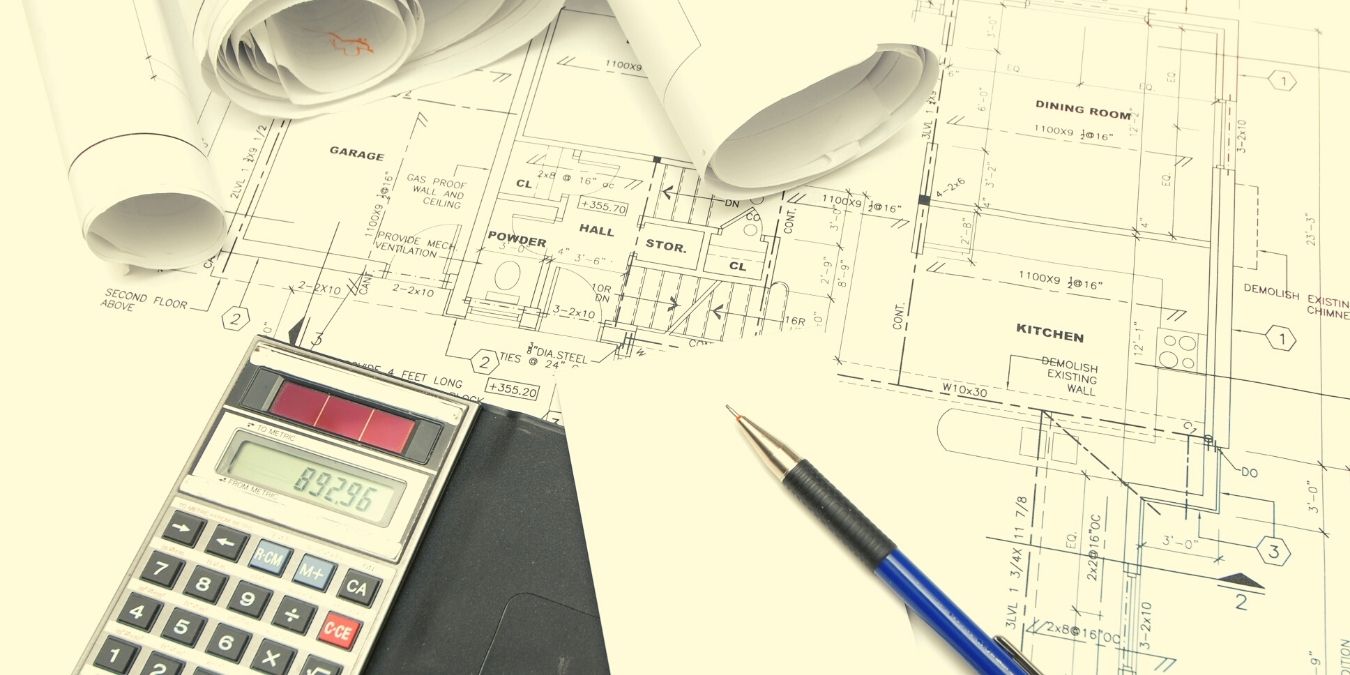






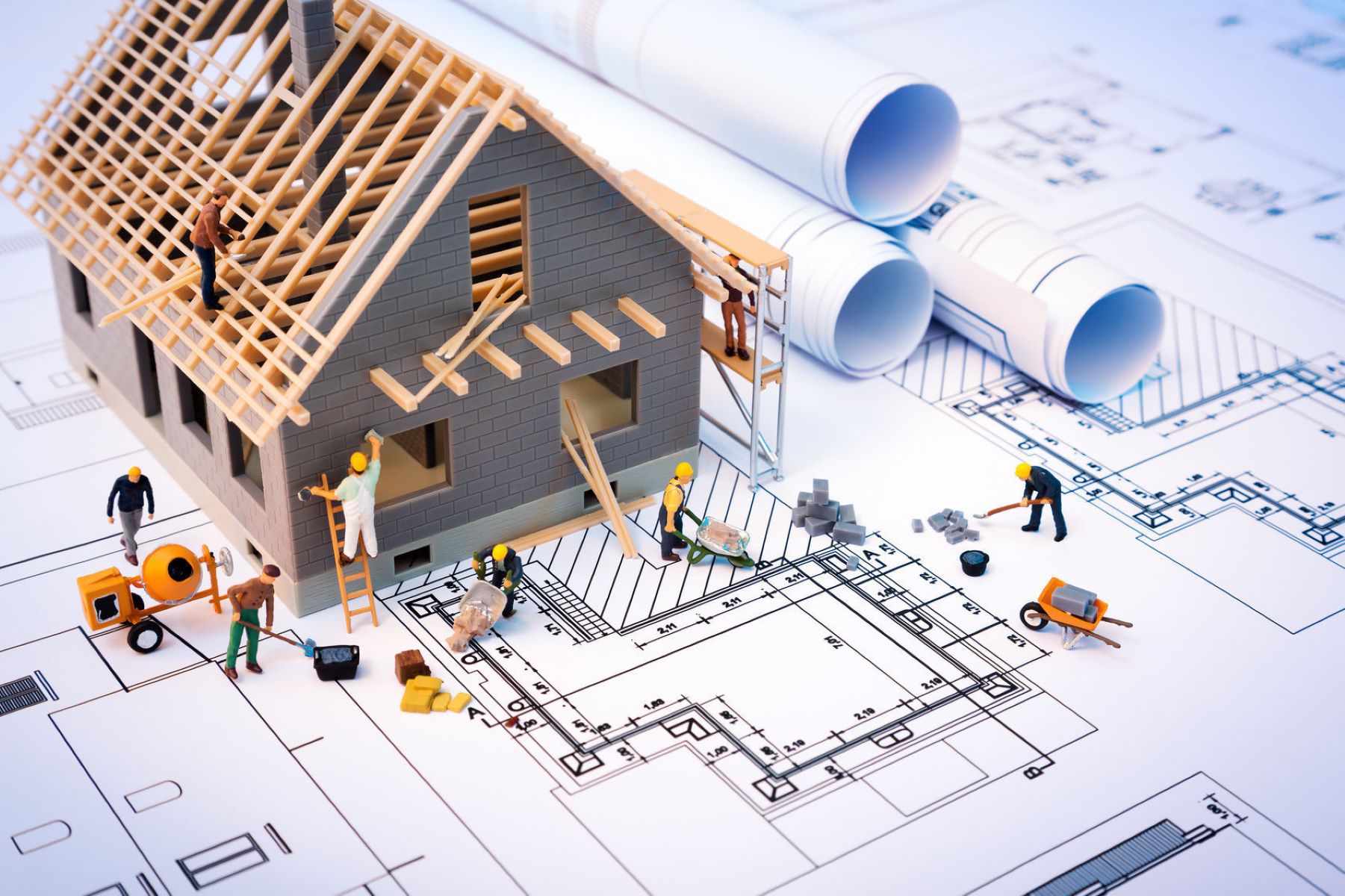
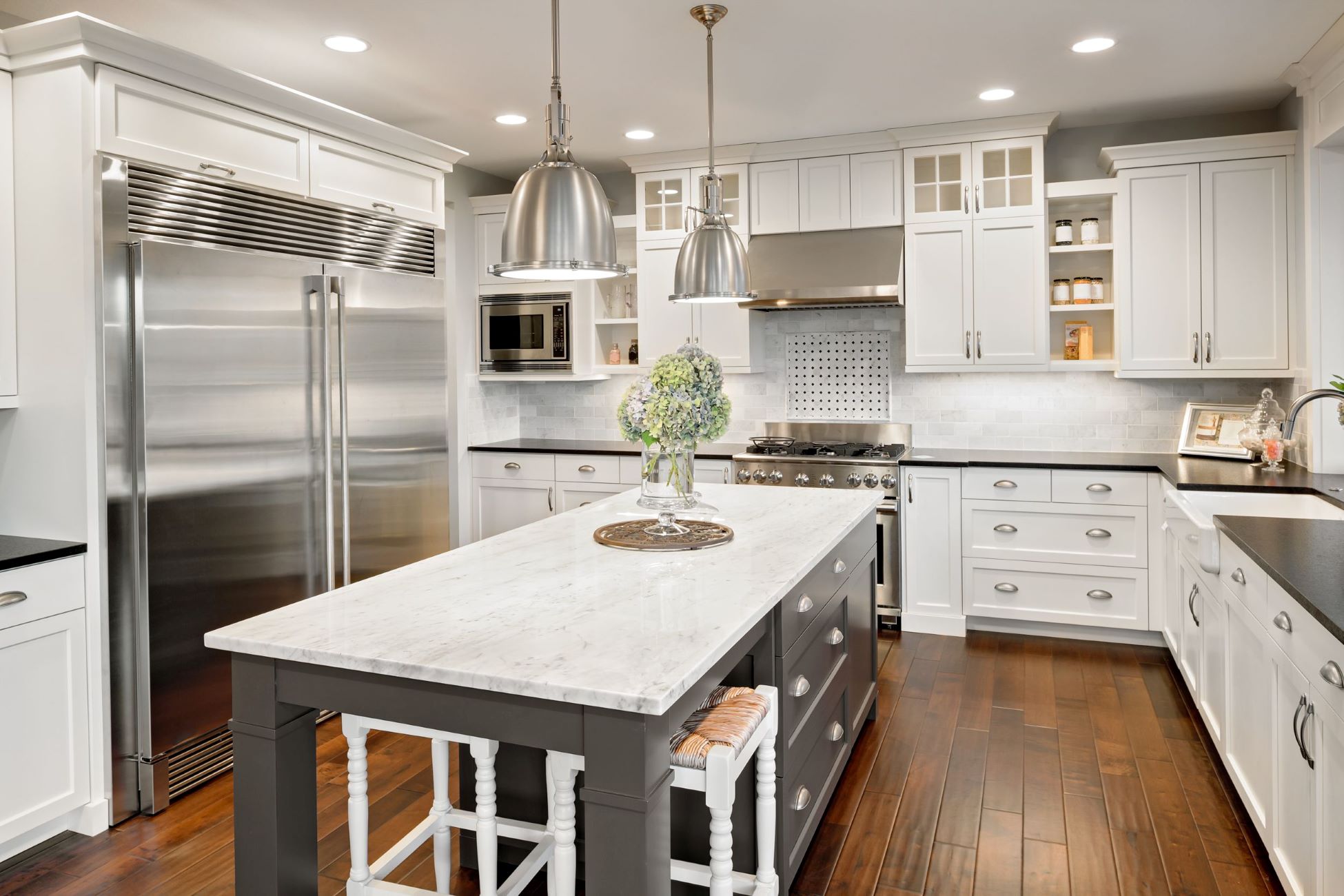


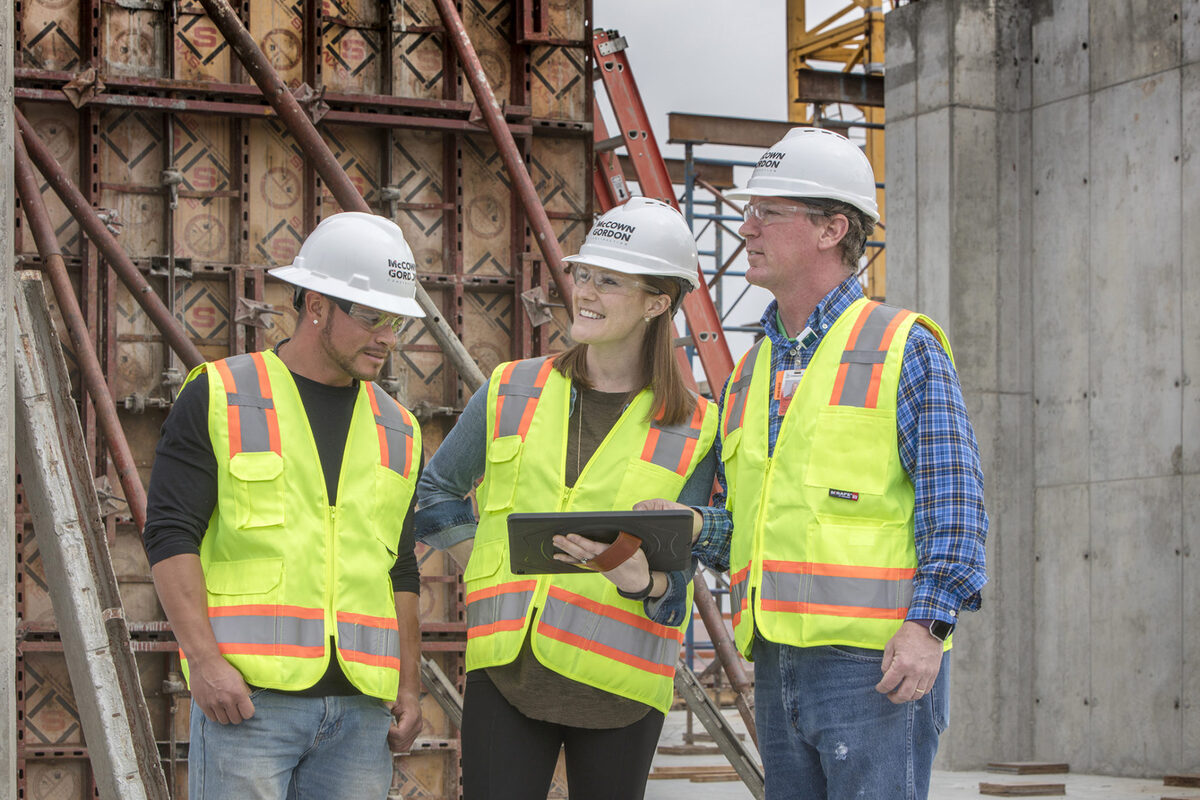
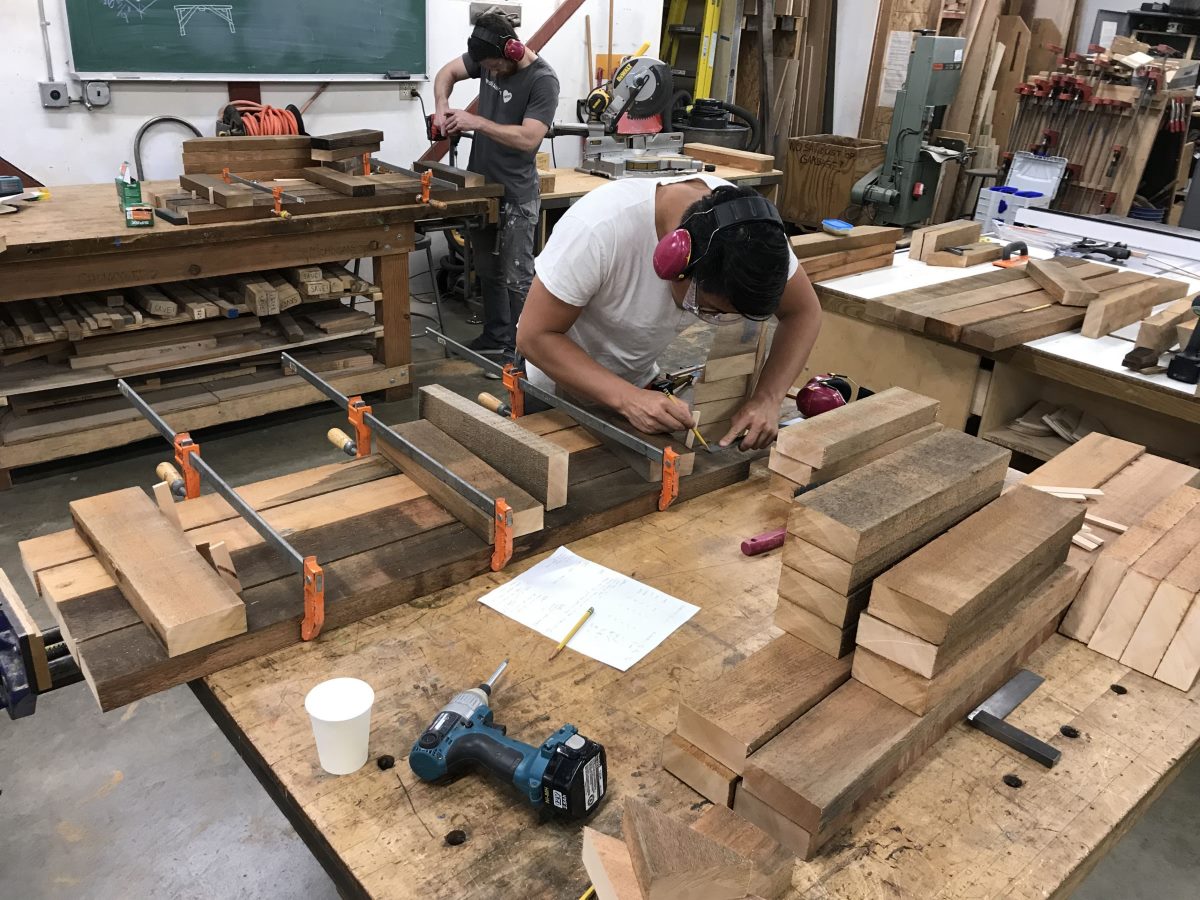
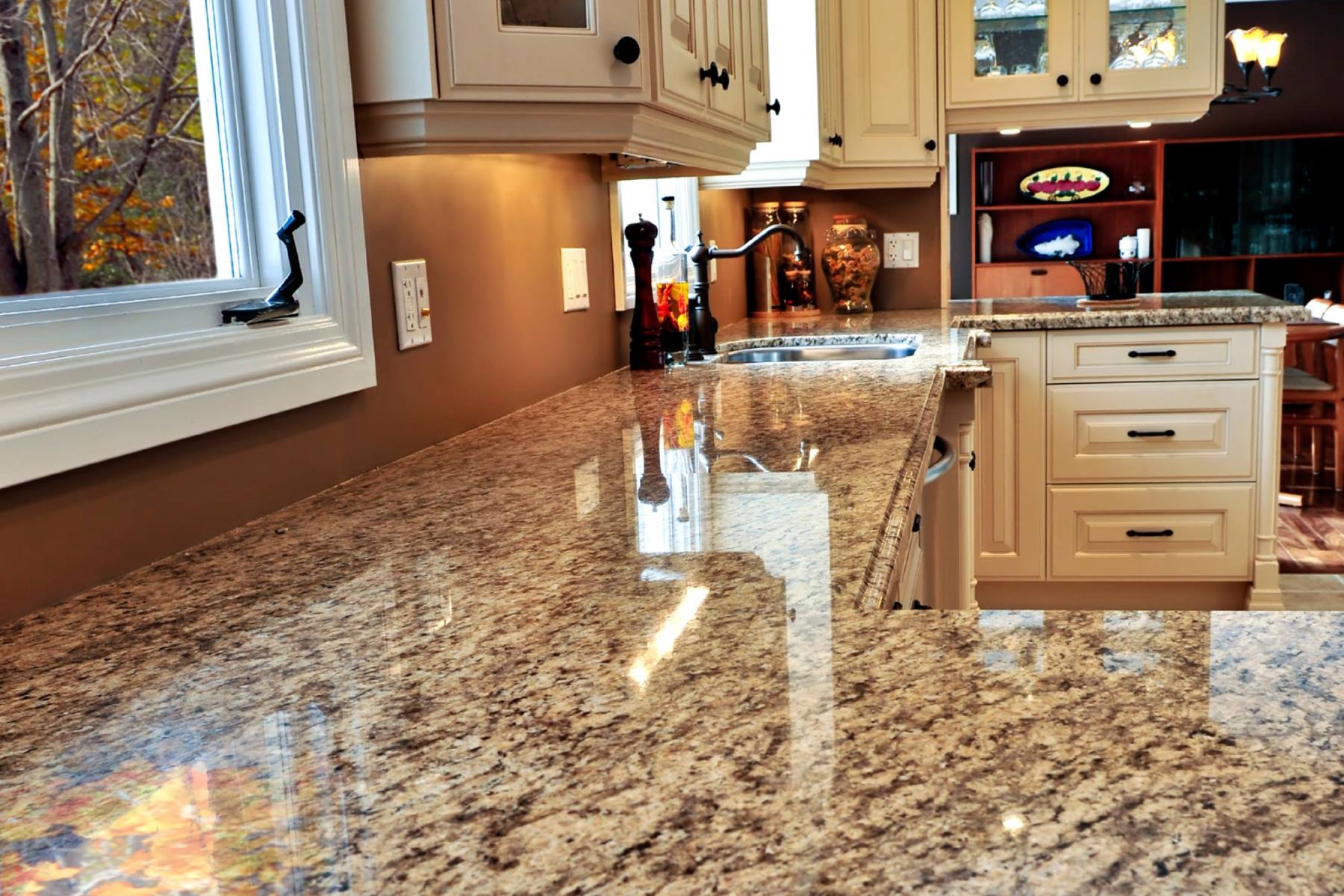

0 thoughts on “How To Estimate Remodelling Job”